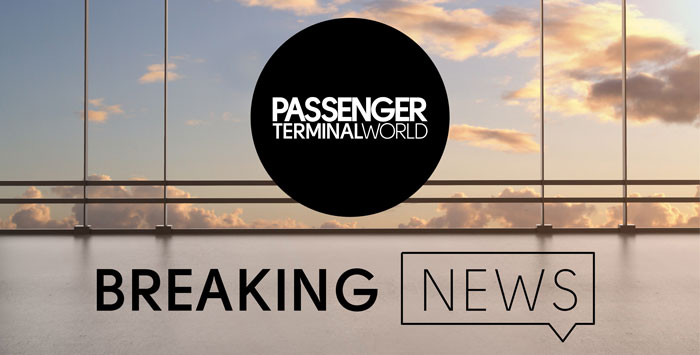Errol McGlothan, director at Airport Lounge Development (ALD), explains how changing consumer expectations are causing shifts in airport lounge usage among passengers
According to IATA, the airline industry experienced a 12-year high in global passenger traffic growth (7.9%) in the first six months of 2017. As airports become busier, the way travelers use airport lounges is also changing. For example, in the first two months of 2017, the ALD network of lounges experienced an increase of more than 50% in guest volumes year-on-year.
Offering an enhanced airport experience is now essential for delivering great customer satisfaction. Here’s how airports and lounges are shifting to meet the needs of today’s modern travelers:
The democratization of airport lounge access
Over the last 20 years we’ve seen a huge transformation at the airport. Lounge access was once reserved for only the most elite travelers; those flying first class or frequent flyers that accumulated enough points to receive an elite status. Nowadays, that’s no longer the case.
While it can be challenging to collect the points needed to achieve elite status, more passengers than ever are being introduced to the airport lounge experience thanks to a number of factors. Some credit cards now offer perks such as membership to the world’s largest lounge access program, Priority Pass, and consumers can now also purchase lounge day passes directly at the airport. Additionally, as flying becomes more affordable with the rise of budget airlines, we’re seeing more consumers have the time, money and interest in purchasing additional luxury travel perks such lounge access and speedy boarding.
Improved and differentiated lounge experiences
Increased demand from consumers has led to the airport lounge experience becoming a battleground for suppliers. Even smaller airports are seeing lounges as an important product to offer and are putting out tenders.
More and more lounge suppliers are providing differentiated experiences to not only attract consumers but also win airport contracts. These include express spa treatment services at the Aspire Lounge in London Heathrow, a PGA shop and virtual golf course at Minneapolis St Paul International, Minnesota, and even sleep pods at Dubai Airport, UAE. There’s also a big emphasis by some suppliers on providing locally sourced artwork and food to give a personal touch. As a result of lounges going the extra mile, we’re also seeing airlines investing to improve the ground experience they deliver to passengers to enhance and retain their elite status.
Rising expectations of digital consumers
Consumers expect digital enhancements in their everyday lives and the airport is no exception. The entire airport experience is becoming digitized and today’s frequent flyers have a strong desire for a seamless digital experience at the airport that caters to the ‘digital flyer.’
The moment a passenger enters the terminal doors, digital tools and technologies are playing an increasingly important role. This comes in the form of everything from biometric enabled self-service check-in facilities, to apps from airport lounge suppliers that provide feature details and easy access. With consumers increasingly expecting a seamless travel experience, we’ll likely see even more digital technologies, such as robots and augmented reality (AR), infiltrate the airport.
A focus on customer personalization
Research by customer services loyalty provider ICLP found that there is an opportunity to increase personalization of communication between airports and travelers. While most airports now give passengers free public wi-fi, and the more established now provide an app too, less than half (48%) collect data from passengers and of those that do, only 27% use customer data to personalize their communications. This is in spite of 86% of passengers being willing to share that personal information.
With digital enhancements, there is an expectation that the brand a customer is engaging with should know more about them (since they’re willing to share their personal information), and thus, businesses should be looking to offer a more personalized experience. This isn’t just critical for airports, but suppliers too. Wherever possible, they be should personalizing their communications with guests, providing them with relevant offerings that will positively influence the consumer experience.
The offering of premium experiences
Travelers expect airport lounges to offer a premium oasis away from the noisy, crowded gate areas. Staff should be trained on how to deliver exceptional hospitality to members. For example, at The Club airport lounge offerings by ALD, our staff are trained to five-star hotel hospitality standards. The aim is to make the customer feel like a guest in our home, rather than merely a passenger passing through. Food and beverage options should be all inclusive, from the buffet to premium beverages, including locally sourced beers and wines.
With the number of air passengers expected to double over the next 20 years, airports and airport suppliers will need to become well-oiled machines to deliver great customer experiences to travelers who are increasingly looking for premium, personalized and seamless travel. Airport lounges can help meet these needs by providing a sanctuary for passengers to get away from the hustle and bustle of the departure hall, no matter the class of ticket.
January 9, 2018

